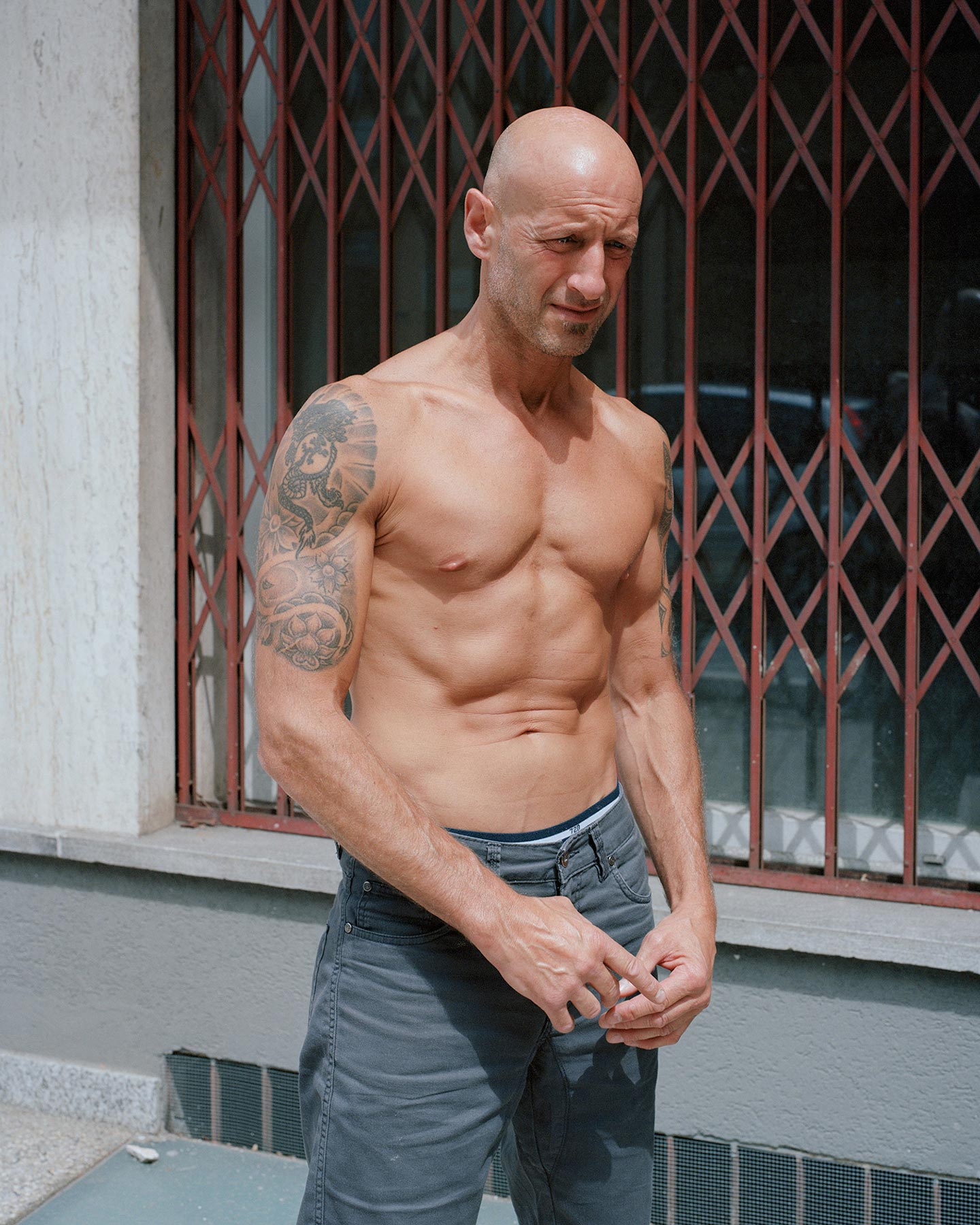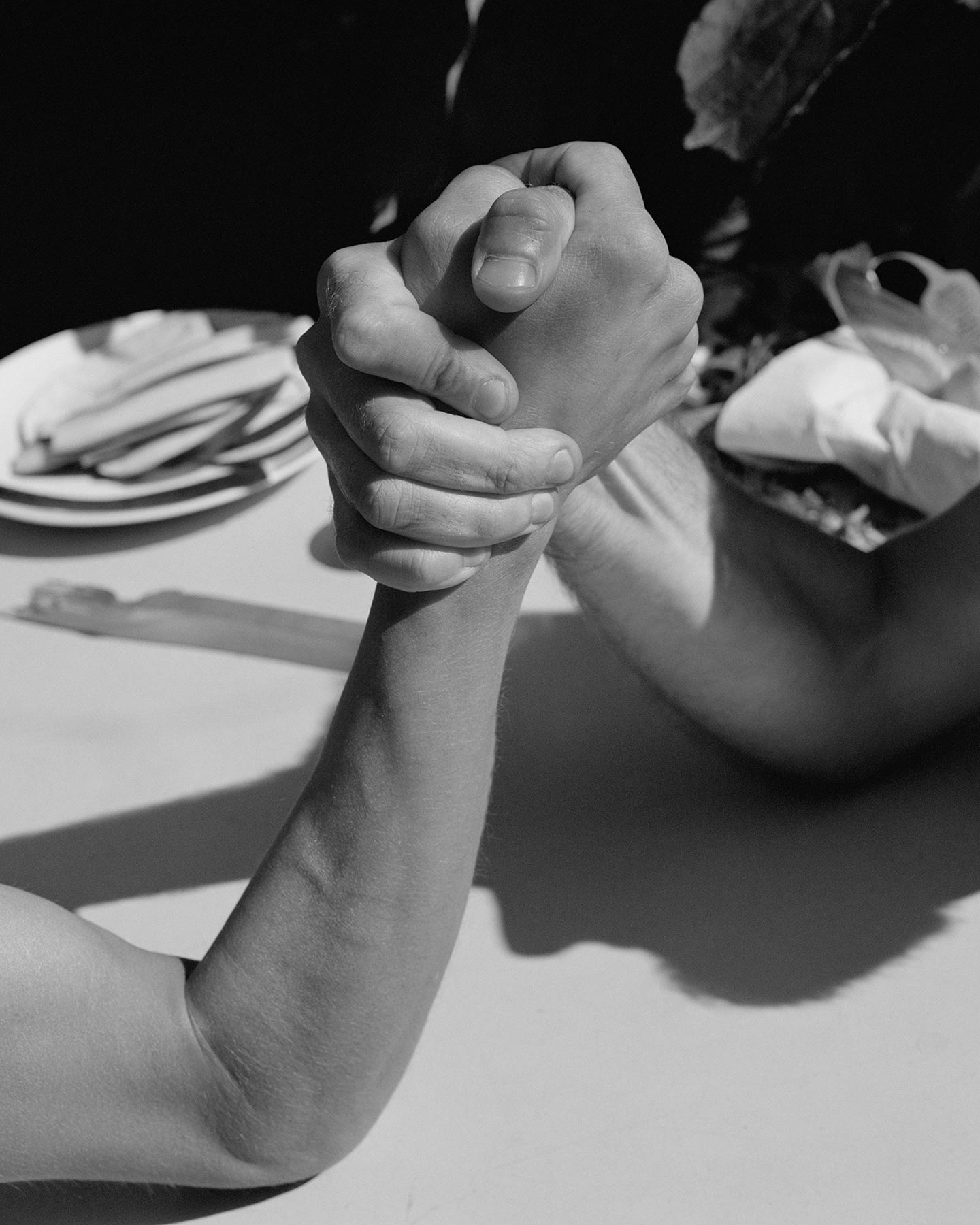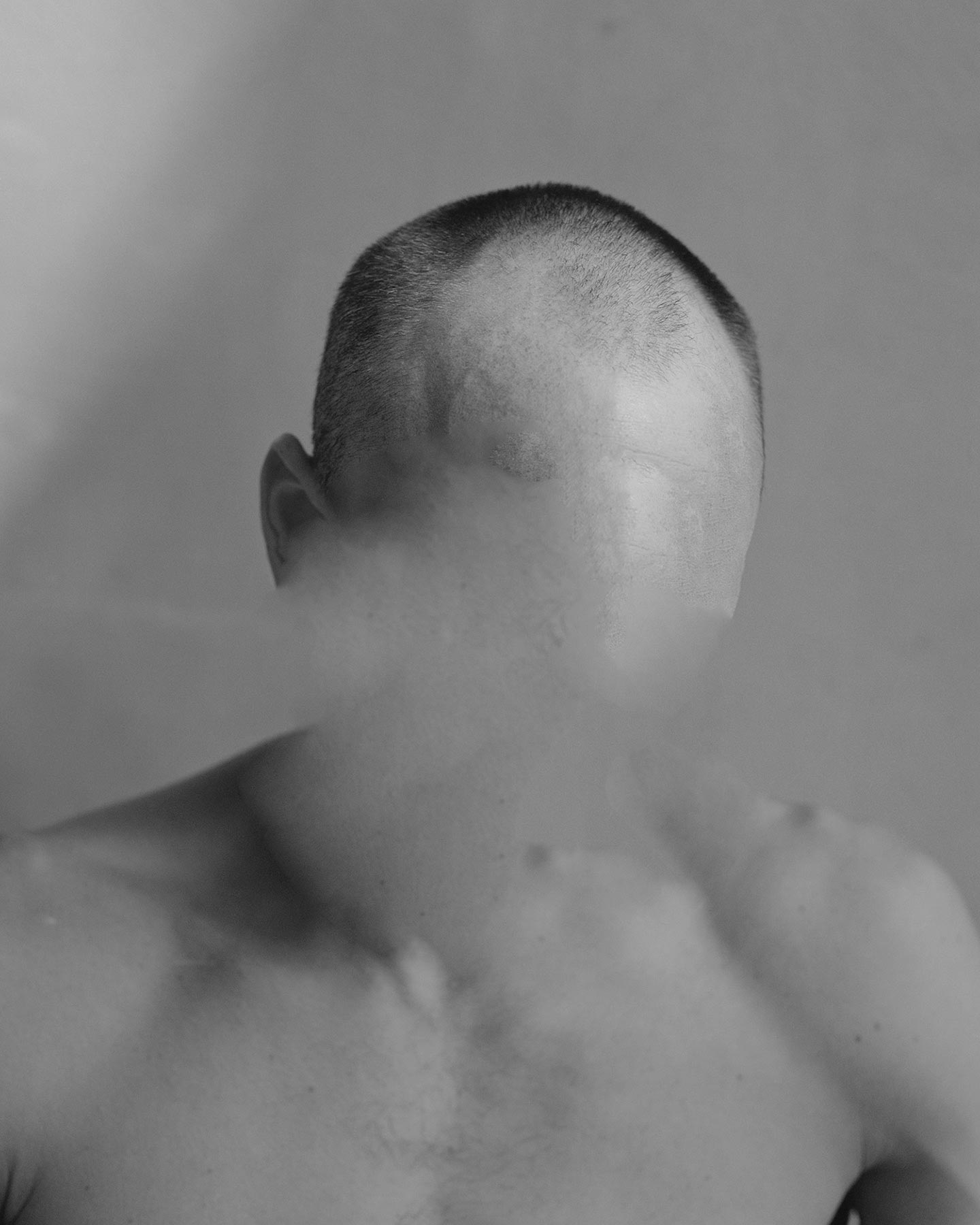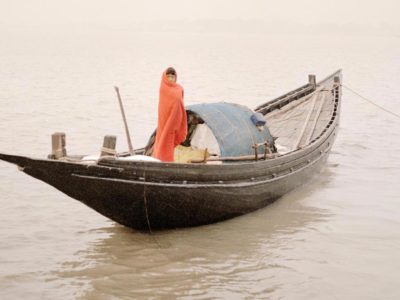FotoFirst — Fabrizio Albertini Confronts Childhood Memories in (Apparently) Unrelated Images
















Premiere your new series on FotoRoom! Show us your unpublished work and get featured in FotoFirst.
A mysterious phrase guided 33 year-old Italian photographer Fabrizio Albertini during the creation of Radici (Italian for ‘roots’), his new series of photographs loosely related in terms of subject matter, and extremely varied in terms of genres and techniques. Fabrizio—who was the first ever photographer to be featured in FotoFirst with his previous, fascinating project Diary of an Italian Borderworker—doesn’t reveal the phrase in the interview below, but it’s okay: the whole point of these pictures is to evoke rather than explicitly tell, and that’s just what we like about them.
Hello Fabrizio, thank you for this interview and for premiering your work in FotoRoom once more! Please introduce us to your new series Radici.
Radici is a project about the memories I have of the Cannobina Valley, in northern Italy. My grandparents and my mother lived in that valley, and there I spent my summers until I was 10 years old. Apart from the visits of a few tourists, nowadays the Cannobina is mostly abandoned. I have a special bond with this valley: it brings back memories of conflicts I’ve experienced during my childhood.
What inspired Radici, and what was your main intent in creating this body of work?
This is the most intimate photographic series I’ve ever made. It’s an attempt to revive and elaborate old traces of a time when surviving depended on my ability to resist, to preserve a form; or to surrender, to become deformed. Radici is not so much about responding to a specific memory but rather walking down the path that created that memory—just like roots are “physical memories”.
The images of Radici show a wide range of diverse subject matter. Can you share some insight into how the things and people you photographed fit the story you had in mind?
Radici deals with different themes contained in a single phrase that resurfaces in every picture—a phrase that evokes intimate secrets, strength and fragility, concealment, closure, illusion. No women appear in the photographs, if not as something that emerges from the past, in archival images; but my memories of female figures are central in the work: they actually are the original source of this project.
Radici also combines different photographic genres (portraits, landscapes, still lifes, etc.) and styles (color and black and white). Why did you decide to take this approach?
Once I defined the sentence that would serve as the guideline of the series, I took the liberty to find its meaning everywhere and in anyway, both in terms of aesthetics and subject matter.
Last time we interviewed you, you said: “My interest in photography has a lot to do with my education as a film-maker. The urge to tell a story through images is what I’m most concerned about.” Yet the narrative in both Diary of an Italian Borderworker and Radici is very loose and much more evoked than it is told…
I always start my projects from a piece of writing, a narrative core; they arise from the urgency to tell a story in a suggestive—not descriptive—way. I try to evoke certain atmospheres by putting together details of a whole that must remain indefinite. For me, this incompleteness is very important because it creates space for the viewer to appropriate the story I’m telling. It’s a process that actually has a lot in common with a certain type of films, where there’s a literal, self-contained level of understanding, followed by a deeper, more personal interpretation.
Did you have any specific references or sources of inspiration in mind while working on Radici?
There certainly were influences and inspirations at work, but none as specific as in the case of Diary of an Italian Borderworker. Of all series I’ve made so far, Radici is definitely the more creatively unrestrained.
How do you hope viewers react to Radici, ideally?
I couldn’t tell. It’s a less simple and immediate work than Diary of an Italian Borderworker. I wish they felt like going over the images several times, and perhaps discover one more bit of the sentence that drives the project at every iteration.
What have been the main influences on your photography?
I was influenced by both cinema (directors like Vittorio De Seta and Werner Herzog) and photography (American photographers in particular).
Who are some of your favorite contemporary photographers?
Delaney Allen, Daniel Shea, Federico Clavarino, Heikki Kaski, Florian Van Roekel.
Keep looking...

FotoFirst — Olga Sokal Photographs Lynch, a Small U.S. Town Suffering from the Decline of Coal

Adagio — Laura Ghezzi’s Poetic Images Respond to a Time of Change in Her Life

Jakob Ganslmeier Portrays Former Neo-Nazis Who Are Removing Their Nazi-Inspired Tattoos

FotoFirst — Michael Swann’s Series Noema Is Inspired by (Alleged) Apparitions of the Virgin Mary

In His Series Cicha Woda, Piotr Pietrus Collects Mundane Observations of Reality

Mirjana Vrbaski Shares Her Minimalist Portraits of Women from Her Series Verses of Emptiness

Giulio Di Sturco Captures the Alarming Conditions of the Ganges River in Stunning Photographs




